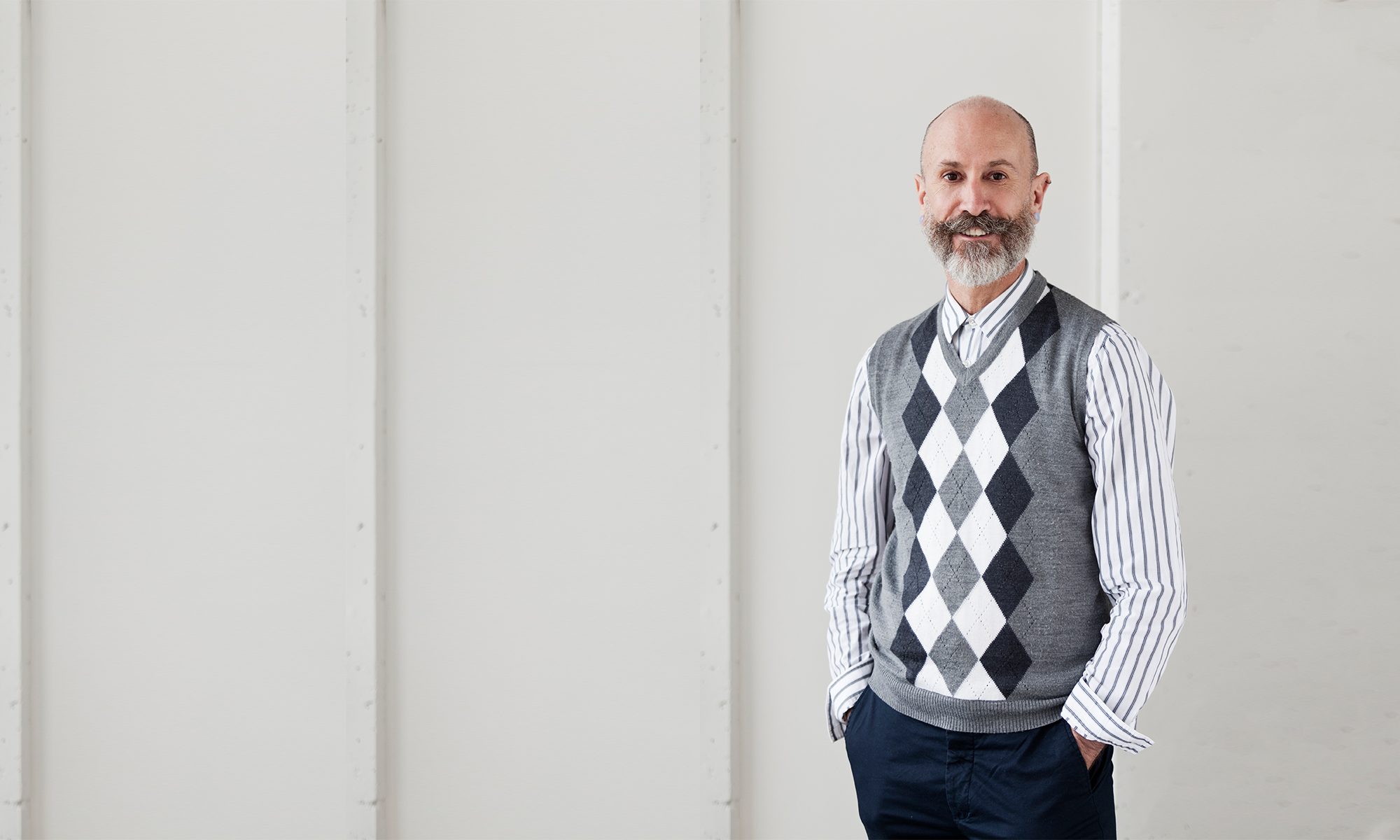Beginning in January 2018, I’ve been working on an amazing supplementary activity that assists students with exploring their own Everyday Musical Connections. This activity works well for music studio teaching and Junior High music classrooms and is designed so that teachers may help their students make stronger connections between formal music lessons, band, or choir and students’ own personal ongoing relationship with music.
The following is a comprehensive resource for Junior High music instructors to guide a Project/Inquiry-Based approach to students’ Everyday Musical Connections.
Junior High Instructor Resource
The following article documents the development of Project/Inquiry-Based approach to students’ Everyday Musical Connections in my own piano studio.
To view examples of students’ explorations, please scroll to the bottom of the page.
It all starts with Everyday Musical Connections. Every person has a multifaceted and unique relation with music. Of course, learning to play a musical instrument can contribute in meaningful ways to an individual’s relation with music. Yet, when we consider the space music occupies in our lives, a breadth and depth of everyday experiences come to mind – like the way a favorite tune randomly pops into your head; how elevator music sticks with you for the rest of the day; how you respond when music intensifies cinematic drama; how music carries meaning in TV and radio advertisements; not to mention how listening to and performing music can span everything from intense personal involvement to complete distraction. Students’ Everyday Musical Connections span a complete trajectory that integrates who they are and how they experience music in everyday life. What seems important to keep in mind is that Everyday Musical Connections may be enhanced by but most likely do not depend on learning to play a musical instrument. So, what would it be like to explore those musical connections outside of performing on a musical instrument? Project-Based & Inquiry-Based Learning may offer a solution.
Project-Based Learning (PBL) & Inquiry-Based Learning (IBL) are two overarching educational terms that intersect and overlap through their common focus on experiential learning through students’ active exploration and investigation. PBL and IBL represent a departure from traditional western educational systems in which teachers direct or transmit knowledge to students through teacher-lecture, rote memorization, or drill-based methods. Teaching in a PBL/IBL approach is about organizing authentic experiences that prompt students to actively participate in their own learning, rather than giving students a series of facts to learn for an exam or tasks to master for a performance. In a PBL/IBL setting, students experience firsthand the difference between passively acquiring information and actively getting information from their own real-life experiences; and teachers employ a blending of roles including facilitator, collaborator, provoker, mentor, guide, and resource.
The following characteristics are evident in a comprehensive PBL/IBL approach:
- Teacher’s Frame of Reference. Teachers’ own knowledge, skills, attitudes, beliefs, and life experience have a direct impact on the classroom environment.
- Learner-Centered Environments. Teachers pay careful attention to the prior knowledge, skills, attitudes, beliefs, and experience that students bring to educational environments.
- Collaborative & Individual. Students may work in a team environment or as individuals.
- Student Engagement. Students’ voice and choice are prioritized in identifying meaningful topics, questions, areas, or avenues for exploration and investigation.
- Sustained Inquiry.Teachers guide students in exploring and questioning learning experiences inside and outside the classroom.
- Knowledge-Centered.The purpose of teaching and learning is that students acquire competency and make sense of concepts, procedures, and knowledge related to a particular domain.
- Public Presentation. Students demonstrate the social accountability of their work and open their presentations to further discussion from peers, teachers, and community.
- Assessment-Centered. Formative and summative assessment strategies assist students in preparation, revision, presentation and reflection on their projects. Assessments allow teachers to measure what students have accomplished over a designated period of time and shed light on their own teaching practice.
Thus far, student explorations of their Everyday Musical Connections have included analysis, video creation, comparison, beginner tutorials, audio presentations, PowerPoint, transcription, personal anecdotes, benefits, and live demonstration.
Please take a look at some recent Examples.
A – 11 years old – La La Land https://youtu.be/OV1B0FAvoYc
B – 14 years old – How to Make a Composition https://youtu.be/yUQxFnUbfi0
C – 14 years old – How does Music Affect Work Habits https://youtu.be/AC6SX9sk6sI
D – 12 years old – What Makes a Good Song Good? https://youtu.be/nxjPyJweCek
E – 14 years old – How to Match Music with a Movie Scene https://youtu.be/n59Mzb0PE-4
F – 13 years old – Piano Challenges. https://youtu.be/mhKTKLFPhFI
Comments from students after they finished their projects –
“I learned that I know more about music than I thought.”
“Now, when I need to make an analogy at school, I take examples from music.”
